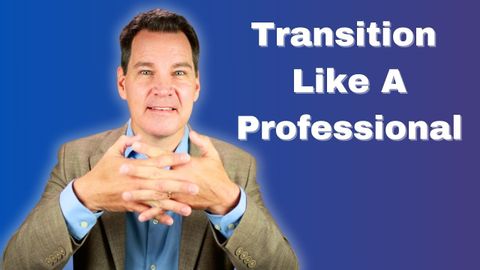公開演講的過渡語 (Transitions Statements for Public Speaking)
Diane 發佈於 2024 年 10 月 01 日  沒有此條件下的單字
沒有此條件下的單字US /ɛnˈtaɪr/
・
UK /ɪn'taɪə(r)/
- adj.全體的 ; 完全的;未分割的;全緣的 (植物學)
US /ˈmaɪndset/
・
UK /ˈmaɪndset/
US /ɪˈsɛnʃəl/
・
UK /ɪ'senʃl/
- v.t./i.伸展(肢體等);拉長
- n.伸展;一段路程、區域;物品連續排列;一段時間;階段
